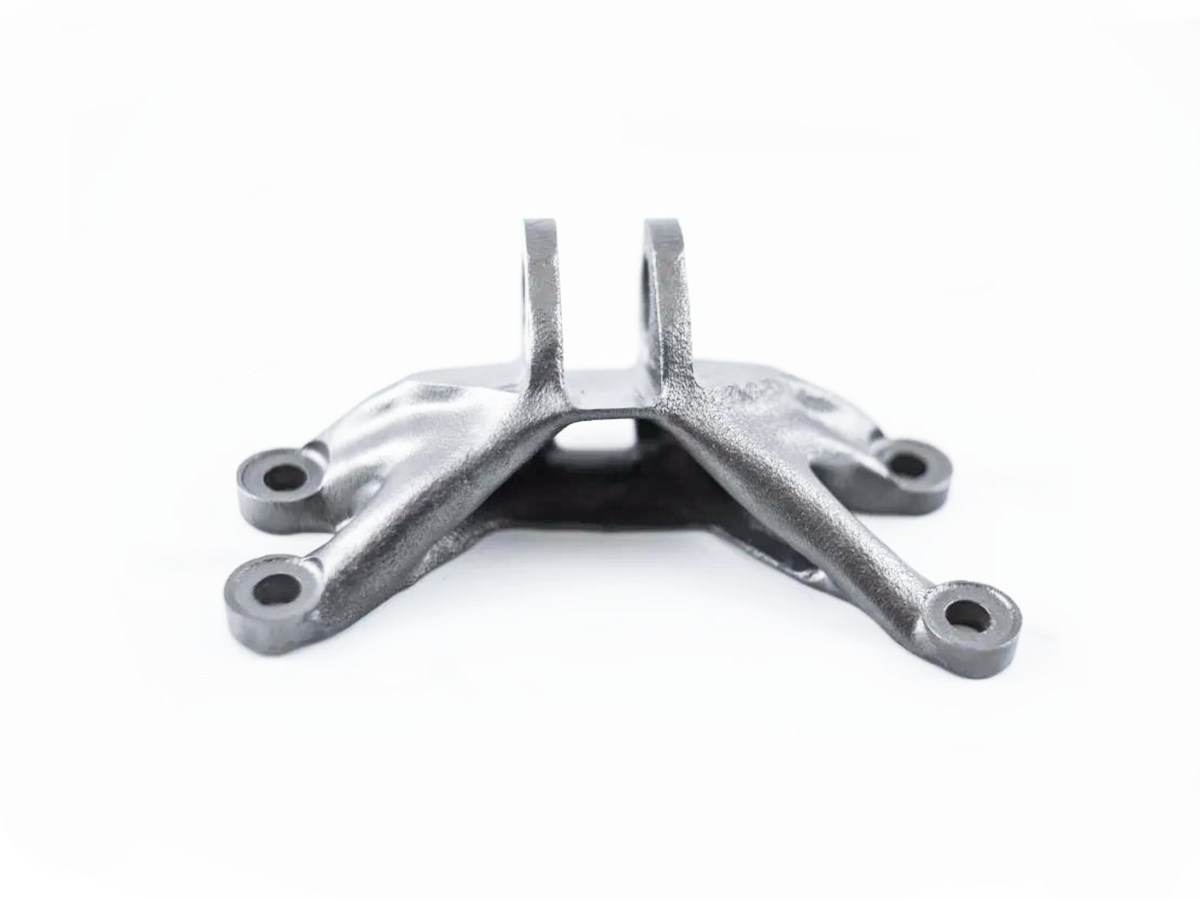What common stainless steel machining mistakes should be avoided?
Machining stainless steel successfully requires a deliberate approach that respects its unique material properties, specifically its high strength, work-hardening tendency, and relatively poor thermal conductivity. Avoiding common mistakes is paramount to achieving dimensional accuracy, superior surface finish, and cost-effective production. As an engineer, addressing these pitfalls directly impacts tool life, part quality, and overall project success.
1. Incorrect Tool Selection and Geometry
Using tools designed for mild steel or aluminum is a primary error.
Mistake: Selecting an incorrect tool substrate, grade, or geometry, leading to rapid wear, chipping, and poor surface finish.
Solution: Use sharp, positive-rake angle tools made from premium substrates. For most stainless steels, carbide tools are essential. For continuous cutting, C2 or C3 grade carbide is suitable, while for interrupted cuts, a tougher C5/C6 grade is preferable. For highly abrasive grades, such as duplex stainless, PVD-coated carbide (e.g., TiAlN) offers superior heat and wear resistance. Ensure tools have sharp cutting edges and adequate flute spaces for efficient chip evacuation.
2. Improper Cutting Parameters: Speed and Feed
Balancing speed (SFM) and feed (IPR/IPT) is critical to managing heat and work hardening.
Mistake: Using excessively low speeds and feeds. This causes the tool to rub instead of cut, work-hardening the material surface and accelerating tool wear. Conversely, excessively high speeds generate destructive heat.
Solution: Maintain a consistent, aggressive feed rate that keeps the tool in the cut, preventing it from rubbing on the work-hardened surface. Optimize cutting speeds based on the specific stainless grade; for example, free-machining SUS303 can tolerate higher speeds than gummy SUS304 or tough SUS316. The goal is to generate a thick, continuous chip that carries heat away from the cutting zone.
3. Ignoring Work Hardening
Stainless steel's tendency to work-harden is its most defining and challenging characteristic.
Mistake: Allowing the tool to dwell in the cut, performing light passes, or re-cutting a previously work-hardened surface. This can create a skin harder than the tool itself, leading to catastrophic tool failure and a ruined part.
Solution: Maintain rigid setups and use depth of cuts that are sufficiently aggressive to cut beneath the work-hardened layer from the previous pass. In operations such as CNC Drilling, use a constant, peck-free feed motion to minimize work hardening at the drill point. Never allow a spinning tool to sit idle against the workpiece.
4. Inadequate Heat Management and Coolant Use
Poor heat control is the source of most machining problems with stainless steel.
Mistake: Using insufficient coolant, incorrect coolant concentration, or misdirected coolant flow. This leads to thermal expansion of the part, poor dimensional stability, and accelerated tool degradation.
Solution: Use a high-pressure, high-volume flood coolant system with a coolant specifically formulated for stainless steel. The coolant must be directed precisely at the cutting interface to dissipate heat, lubricate the cut, and flush chips. For some operations, high-performance neat oils can offer superior lubrication. Ensure coolant concentration and pH levels are regularly monitored and maintained.
5. Poor Workholding and Part Rigidity
Stainless steel machining involves high cutting forces.
Mistake: Inadequate workholding or fixturing that allows the part to vibrate or deflect during machining.
Solution: Employ robust, rigid fixturing and clamps. The goal is to eliminate any chatter or movement, which not only ruins surface finish but also contributes to work hardening and tool chipping. For thin-walled sections, consider using custom fixtures or soft jaws machined to the part's contour for optimal support.
6. Neglecting Post-Machining Processes
The job isn't finished when the CNC program ends.
Mistake: Leaving sharp edges, burrs, or embedded iron particles on the surface, which become initiation points for corrosion.
Solution: Implement thorough deburring, either manually or through processes like Tumbling. For critical components, especially those made of SUS304 or SUS316, Passivation is a non-negotiable step. This chemical process removes free iron particles and forms a protective passive oxide layer, restoring the part's full corrosion resistance which is compromised during machining.
Conclusion: A Proactive Engineering Mindset
Avoiding these mistakes requires viewing the process as an integrated system: the right tool, running the right parameters, in a rigid setup, with effective cooling, followed by appropriate post-processing. Partnering with an experienced manufacturer like Neway for your Stainless Steel CNC Machining needs ensures that these engineering principles are rigorously applied, turning the challenges of stainless steel into predictable, high-quality outcomes.



